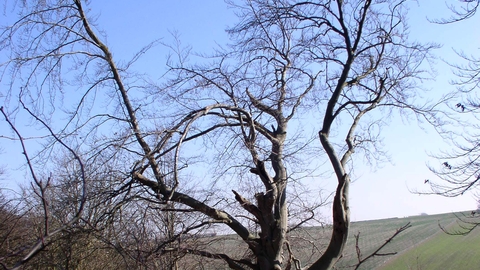
© Dan Attwood
Identifying Broad-leaved Trees in Winter
About the event
Trees and shrubs are a very important and beautiful part of our natural heritage, no less so in the winter when other plants have died back. Other wildlife depends on them throughout the year.
This course is designed to help you identify our native trees and shrubs using their twigs, buds and bark. It will focus on native species plus a handful that are well naturalised.
Most of morning will be spent in the classroom getting to grips with those basic features of winter twigs that can be used as clues to identification. Simplified keys will be introduced. There will be a variety of twigs available for practice. The rest of the day will be spent mostly in the nature park where there is a wide variety of native deciduous trees.
By the end of this course it is expected that you will feel confident to:
- observe and interpret the basic features of winter twigs
- use simplified keys to identify trees in winter
Suitable for beginners and for those who, however knowledgeable about trees, do not feel confident at identifying them in winter.
Led by Ros Bennett, Botanist and ecologist. Ros was formerly a full-time tutor for the Field Studies Council. She has written books on plants and habitats and has been teaching courses on identification and ecology for many years. We shall be using keys published in hHer most recent book ‘Tree-spotting’, illustrated by her daughter, Nell, could provide a useful background for this study day on our native trees. There is no need to acquire this book before the course. Copies of the keys will be provided as hand-outs.
Booking
Price
Normal fee: £37.50 per person per day.Concessionary fee: Kent Wildlife Trust volunteers, senior citizens, unemployed and students £5 off.